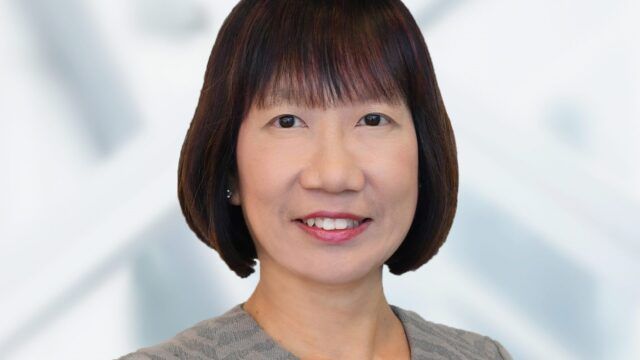Fan Cheuk Wan, HSBC Global Private Banking
HSBC Global Private Banking (GPB) holds a neutral position on global equities for the next six months, but with overweight allocations to US, Hong Kong and Asean equities. On fixed income, it remains overweight on global investment grade and high yield credit, emerging markets and Asian hard currency bonds.
“The world has faced several structural shocks and investors need to reposition their portfolios to adapt to these challenges,” Fan Cheuk Wan, chief investment officer for Asia, global private banking and wealth at HSBC, told a media briefing last week.
“The Covid-19 crisis, Russia-Ukraine war and sustainability revolution are disrupting supply chains, labour markets, energy sources and infrastructure.”
HSBC GPB expects the global economic cycle will continue but slow down, inflation will ease gradually, and US rate hike expectations will be moderating in the second half of the year, despite lingering energy shock and supply chain disruptions.
It forecasts global GDP growth will decelerate to 3.4% in 2022 and 2.9% in 2023, down from 5.8% in 2021. It expects global energy shock and supply chain challenges to push up global inflation to 7.5% in 2022 before moderating to 5.1% in 2023.
Income and quality equity focus
As a result, HSBC GBP maintains a neutral exposure to risk assets, with a focus on quality earnings, income strategies and risk diversification.
“Our ‘3×3’ portfolio strategy focuses on quality earnings, income strategies and risk diversification to dampen volatility while remaining invested and positioned to capture the upside we foresee in the second half of the year,” said Fan.
Quality companies with strong ESG performance are more likely to be adaptable to disruptive changes and outperform in the long term, she added.
Searching for “resilient income”, HSBC GPB favours high dividend stocks, private credit and property which can balance the equity exposure between value and growth styles.
“High dividend stocks are typically value-oriented companies in the financials, energy, materials and property sectors. Their value style and lower volatility make them more resilient to interest rate volatility,” said Fan.
Credit opportunities
Moreover, with limited scope for hawkish surprises from the US policy tightening, Fan sees value in short dated bonds and global investment grade and high yield credit, emerging markets and Asian hard currency bonds. The bank is bullish on the US dollar and commodity currencies in the US rate hiking cycle.
To hedge stagflation and interest rate risks, it has overweight allocation to hedge funds, energy, materials and financials stocks while staying bullish on the US dollar and commodity currencies.
Managing geopolitical and macro uncertainty, HSBC GPB maintains a balance in equity style exposure to value versus growth stocks, and cyclical versus defensive sectors.
[Our] investment strategy has strong preferences for quality companies with the ability to adapt to disruptive changes and structural shocks, as well as companies with strong ESG performance,” said Fan.
Asia recovery
HSBC GPB expects Asian markets will remain resilient to withstand stagflation risks and global disruptive changes. It forecasts Asia ex-Japan GDP growth at 4.9% in 2022 and rebound to 5.3%, boosted by China’s growth recovery in second half of this year.
“Within Asian equities, we remain bullish on the Asean markets due to their positive reopening progress and strong recovery outlook,” said Fan.
The bank is overweight on Singapore, Thailand, and Indonesia equities. In North Asia, it is overweight Hong Kong stocks because of the market’s “compelling valuations and improved reopening outlook”.
However, it stays neutral on China equities until there is more clarity on economic normalisation, geopolitical challenges and earnings uncertainty.

















